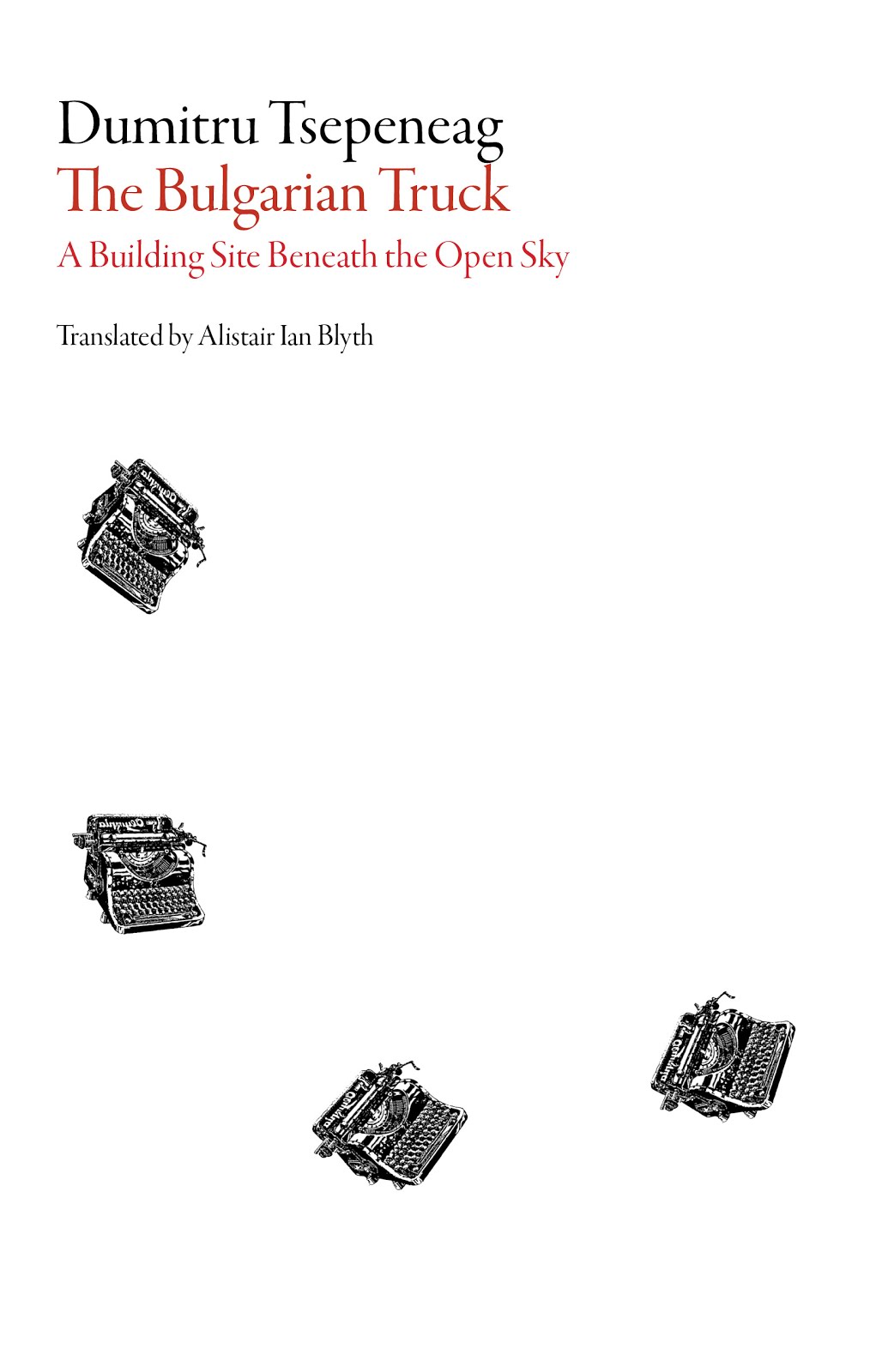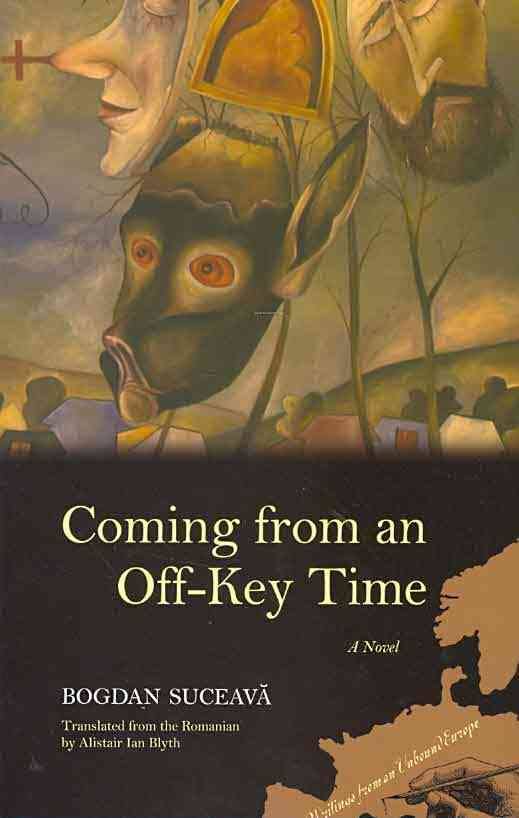Hanenpoot (1807) is an eight-page picture booklet consisting of pen and ink drawings captioned with rhyming couplets, mostly four to a page, which was made by Willem Bilderdijk for his young son Julius Willem, and whose content is nonsensical and scatological. In Dutch, hanenpoot ('cockspur', Echinochloa crus-galli) can also mean 'illegible handwriting'. Unknown for more than one and a half centuries, Hanenpoot was published in facsimile in 1977 (Willem Bilderdijk, Hanenpoot - Prentenboek voor zijn zoontje Julius Willem, Tjeenk Willink).
Cockspur's a clever imp, no doubt,
He blows the candles in and out.
His ingenuity he boasts,
When meat and bread alike he toasts.
Let each one choose the way he goes!
As for me, I walk upon my nose.
What Cockspur in his breeches sows
Might the next day smell like a rose.
What fun it is for him to set
Cockspurishness inside a net
Says Jonah, looking out: Beware,
Inside the fish there's room to spare.
Translation: Alistair Ian Blyth
Image sources:
The Bilderdijkkamer, exhibition curated by Professor Rick Honings in collaboration with Leiden University Libraries and the Things That Talk Foundation to mark the 265th anniversary of Bilderdijk's birth on 7 September 2021.
75 jaar doodsverlangen: het leven van Bilderdijk in vogelvlucht, exhibition, KB Nationale Bibliotheek
Willem Bilderdijk (1756-1831), poet and dramatist, historian and millenarianist, lawyer, reactionary satirist and vitriolic controversialist, anti-progress, anti-liberal, anti-democracy and anti-Enlightenment monarchist and mystical nationalist, theosophical Neoplatonist and metaphysical fatalist, was the author of a posthumously published thirteen-volume history of Holland (Geschiedenis des Vaderlands, ed. H. W. Tydeman, 1832-53). His collected poetic works (Dichtwerken, ed. I. da Costa, 1856-9) run to sixteen volumes and include De Geestenwareld (1811), which encapsulates his interest in Swedenborg, spiritualism and the esoteric, and the unfinished epic De ondergang der eerste wareld (1820), which narrates the world's decline from the Fall to the Flood. Bilderdijk believed that the Dutch language alone, if purged of corrupting French and Latin accretions, could provide access to prelapsarian knowledge, as the purest offshoot of the original language of paradise (See: Eijnatten, Joris van. “Vestige of the Third Force: Willem Bilderdijk, Poet, Anti-Skeptic, Millenarian.” Journal of the History of Ideas 62, no. 2 (2001): 313–33).
“A monumental and grotesque figure, [Bilderdijk's] great talent and feeling made him appear the leader of a new golden age and think himself the chosen vessel of divine gifts, but his brilliant intellect is debased by lack of self-criticism and distorted by an egotistical and impulsive temperament. His originality and sometimes unbalanced passion are yet harnessed to neo-classical imagery and rococo flourish which mar the greater part of his work. His style is equally effusive whether he is expatiating on the evils of rationalism or the boiling of eggs” (The Penguin Companion to Literature, vol. 2: European, ed. Anthony Thorlby)


























No comments:
Post a Comment